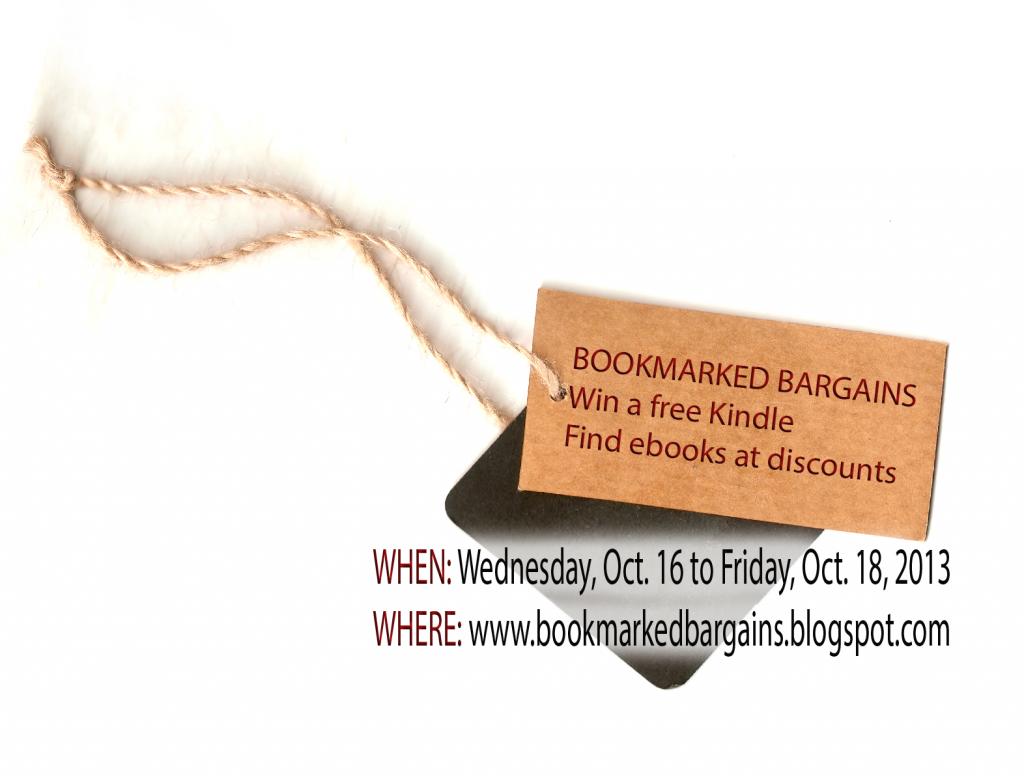Today my friend Emily Gray Clawson is sharing great tips on staying inspired about your WIP! Also: it’s the last day to enter to win an ARC of Spy Noon!
Staying Inspired
by Emily Gray Clawson
Sometimes it seems that writing (at least drafting) is a giant shot in the dark. No matter how well one manages to outline their story, inevitably you get to a point where you start to question everything. At least I do. I wonder if my characters are relatable, if my conflict is gripping enough, if my motivations make sense, and if I am ever, in a million years, going to be able to pull this off.
As soon as I reach that questioning point there is usually this little monster that sits on my shoulder and starts whispering in my ear. He says things like, “You should just give up on this one. It’s unfixable.” Or maybe, “Doesn’t a Downton Abbey marathon sound like SO much more fun?”
Even if the answer to that last question is a resounding, “YES,” there are methods I have found to help me push through and stay invested in my manuscript clear to that wonderful moment of typing “THE END.”
Begin with the end in mind
Even if you are a pantster, it is oh, so helpful, no, crucial, to know where you are trying to end up. Keeping that beautiful moment of resolution painted clearly in your mind’s eye is helpful when the middle doldrums get you down. When you hit a section of your book that seems unbeatable, with no way through, try skipping the scene entirely and moving ahead to a point of the story that inspires you. Shannon Hale talks about writing the “big money scenes” first, then going back and trying to connect them all in the most succinct way possible. That will help with your interest as a writer, and will definitely be a great way to keep your readers engaged.
Create an inspiration board
Whether it’s on Pinterest or taped to your wall by your desk, a collection of inspiration photos and quotes can sometimes be the thing to keep your creative wheels spinning. This suggestion comes with a caution, though. If your writing time is all spent in adding things to your inspiration board, you’re in trouble. Use it sparingly and only collect those things that are the most evocative.
Write in public
It may sound crazy, and this may not work for everyone, but I often find that the simple act of being around other people can increase my creative energy and re-inspire me. Whether it’s at a library, book store, café, or even the park, the energy and sheer quality of people-watching inspiration, is often all I need to give me that extra oomph of creative power.
Share a favorite scene with an appreciate friend
And I mean, in person, so you can see their reactions. Pick someone who is good at enjoying your work and then invite them over for a live reading. This can be such balm for the lonely writer’s soul and help you to fall in love with your characters again. After all, you get to see your creations through new eyes. This can also offer the bonus of helping you problem solve. You may see that the real reason you’re struggling, is that something is lacking. Reading out loud to a trusted friend, can help you work through those problems and fill in the gaps. Note: drafting is not usually the time to have your work critiqued. Pick someone who will “ooh and aah” appreciatively, maybe asking probing questions. In other words, don’t invite your mother-in-law over.
Write Badly
Just as I mentioned above, drafting is not the time to be fixing the little problems. This is big picture, unloading-your-building-materials time. Don’t be concerning yourself with nuances of grammar or even worrying about motivations working in every scene. Get the general story down, find your characters’ voices, and create the foundation for a story. Giving yourself permission to write badly is crucial. You will edit later. You will revise later. You will rewrite later. Don’t worry about that now. Just write as badly as needed to get through that first draft.
There are plenty of other ways to stay motivated but these work for me. In fact, writing this post has helped re-inspire me to get back to work on my manuscript. I hope it does the same for you!
About the author
 Emily Gray Clawson is the author of A Way Back to You and the Of Great Value series. She is co-author of Jennifer Graves’s memoir of the Susan Powell tragedy entitled A Light in Dark Places. Emily also runs a youth leadership program, and she’s an incredible critique partner!
Emily Gray Clawson is the author of A Way Back to You and the Of Great Value series. She is co-author of Jennifer Graves’s memoir of the Susan Powell tragedy entitled A Light in Dark Places. Emily also runs a youth leadership program, and she’s an incredible critique partner!
 Character Sympathy now has a foreword by RITA award–winning author, best-selling novelist, fiction writing teacher, editor extraordinaire Alicia Rasley! Her articles were among the first really good resources I found for learning more about character sympathy, so I’m thrilled to have her for the foreword!
Character Sympathy now has a foreword by RITA award–winning author, best-selling novelist, fiction writing teacher, editor extraordinaire Alicia Rasley! Her articles were among the first really good resources I found for learning more about character sympathy, so I’m thrilled to have her for the foreword! Finally, I have a guest post at Janice Hardy’s Fiction University about finding and working with a cover designer. Your cover is your book’s first impression, so make sure it’s a good one! Learn how to find a good cover designer and work with them to create an awesome cover for your book.
Finally, I have a guest post at Janice Hardy’s Fiction University about finding and working with a cover designer. Your cover is your book’s first impression, so make sure it’s a good one! Learn how to find a good cover designer and work with them to create an awesome cover for your book. 

 One of the things I love most about writing is the capacity to learn. I love learning! At times it seems overwhelming because there is so much that I need to learn, to master, and I’ve already been working hard on my craft for over a decade. On the flip-side, writing will never be stale to me because there is always room for improvement. Thank goodness I enjoy a good challenge—usually!
One of the things I love most about writing is the capacity to learn. I love learning! At times it seems overwhelming because there is so much that I need to learn, to master, and I’ve already been working hard on my craft for over a decade. On the flip-side, writing will never be stale to me because there is always room for improvement. Thank goodness I enjoy a good challenge—usually! 
 When I started writing again after a five-year break, it was like riding a bike. I jumped in headfirst, but I was soon thrown off balance. Everything was a bit wobbly, and it took me a full year to get to a place where I was riding straight without fear of breaking my neck. The last thing I wanted to do was make a fool of myself, so I worked on one project until I realized I wasn’t going to get far if I didn’t start working on something different. Let’s say I couldn’t see the forest for the trees.
When I started writing again after a five-year break, it was like riding a bike. I jumped in headfirst, but I was soon thrown off balance. Everything was a bit wobbly, and it took me a full year to get to a place where I was riding straight without fear of breaking my neck. The last thing I wanted to do was make a fool of myself, so I worked on one project until I realized I wasn’t going to get far if I didn’t start working on something different. Let’s say I couldn’t see the forest for the trees.
 We’re kicking off our guest author secret sauce series today!
We’re kicking off our guest author secret sauce series today! About the Author
About the Author